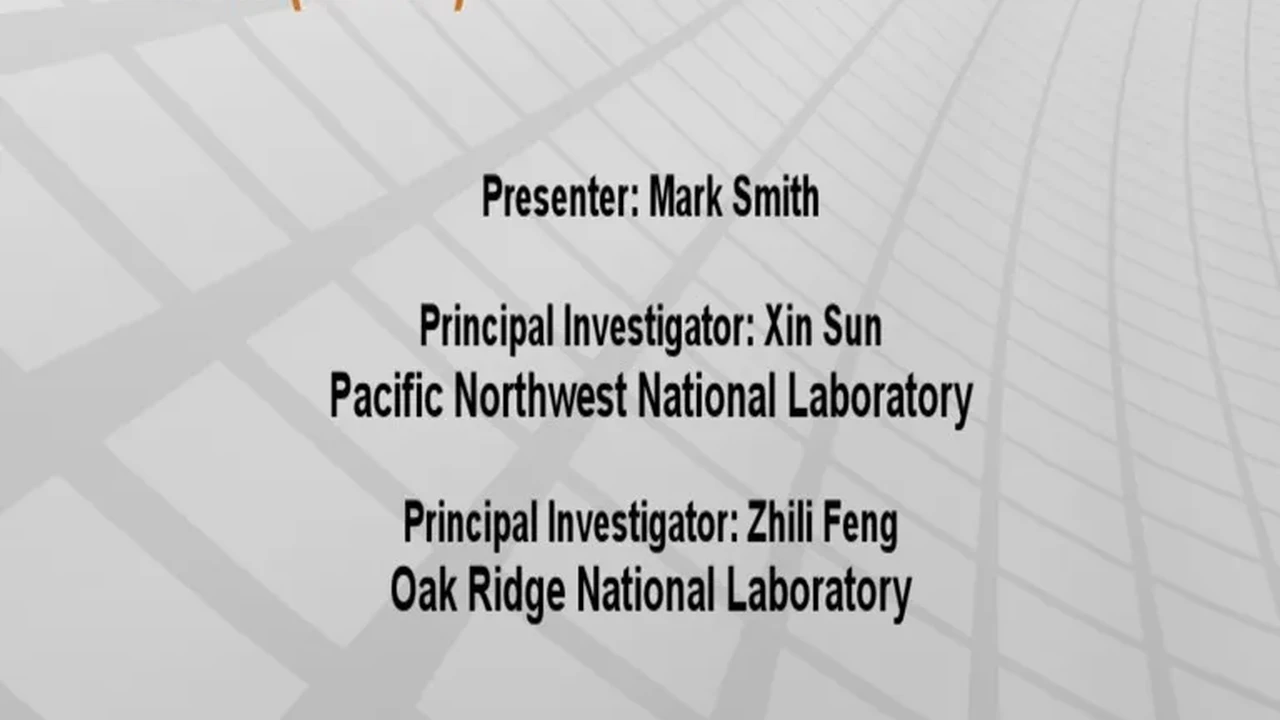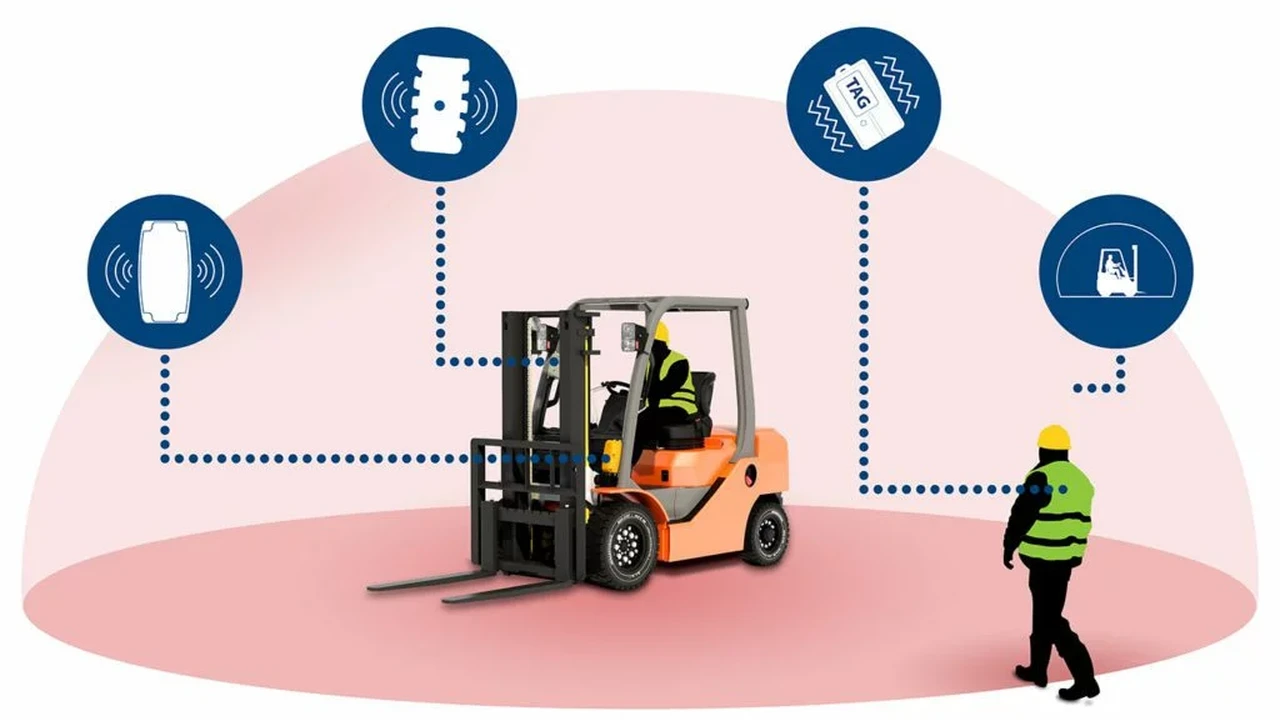The Role of High-Strength Steel in Vehicle Safety

Understanding High-Strength Steel Automotive Applications and Crash Protection
Okay, let's dive into the fascinating world of high-strength steel (HSS) and how it's making our cars safer. You know, back in the day, car manufacturers focused more on style than safety. Remember those massive chrome bumpers that looked cool but didn't really do much in a crash? Thankfully, things have changed. Now, vehicle safety is a HUGE deal, and HSS is playing a starring role.
Basically, HSS is a type of steel that's, well, stronger than regular steel. It can withstand more force without bending or breaking. This is crucial in a car crash because it helps to protect the occupants by absorbing and distributing the impact energy.
Benefits of High-Strength Steel in Vehicle Design for Improved Safety Ratings
So, why is HSS so great for cars? Here's the lowdown:
- Increased Strength and Rigidity: HSS allows engineers to build stronger and more rigid car structures without adding a ton of weight. Think of it like building a fortress – you want something strong and durable, but you don't want it to be so heavy that it's impossible to move.
- Improved Crash Performance: In a crash, HSS can help to prevent the passenger compartment from collapsing. This is vital because it gives the occupants more space to survive the impact. It's like having a protective cage around you.
- Weight Reduction: Even though it's stronger, HSS is also lighter than traditional steel. This means that car manufacturers can use less material, which can improve fuel efficiency. Lighter cars also handle better.
- Enhanced Durability: HSS is more resistant to dents, scratches, and corrosion than regular steel. This means that your car will stay looking newer for longer.
Different Types of High-Strength Steel Used in Modern Vehicles and Their Advantages
Now, there are different types of HSS, each with its own unique properties and applications. Here are a few of the most common ones:
- High-Strength Low-Alloy (HSLA) Steel: This is a relatively inexpensive type of HSS that's often used for structural components like door beams and bumpers. It provides a good balance of strength and formability.
- Dual-Phase (DP) Steel: DP steel is stronger than HSLA steel and is often used in areas that need to withstand high levels of stress, such as the A-pillars and B-pillars (the pillars that support the roof).
- Transformation-Induced Plasticity (TRIP) Steel: TRIP steel is even stronger than DP steel and is often used in areas that need to absorb a lot of energy in a crash, such as the front crumple zone.
- Martensitic Steel (MS): MS is the strongest type of HSS and is often used in areas that need to provide maximum protection, such as the rocker panels (the panels below the doors).
Specific High-Strength Steel Products and Their Applications in Automotive Safety
Alright, let's get into some specific products. You might not be able to *see* the steel in your car, but it's there, working hard to keep you safe.
* **ArcelorMittal Usibor® 1500:** This is a hot-stamped boron steel, meaning it's heated and then stamped into shape. This process makes it incredibly strong. It's often used in structural components like A-pillars and B-pillars to provide superior crash protection. Imagine it as the car's skeleton, providing the core strength. Application: Used in Volvo XC90 for passenger cell reinforcement. * **ThyssenKrupp XGrip®:** This is a coated steel that offers excellent corrosion resistance. It's often used in areas that are exposed to the elements, such as the underbody and wheel wells. This helps prevent rust and keeps the car structurally sound for longer. Application: Often found in Ford F-150 truck beds for durability. * **Nippon Steel & Sumitomo Metal Advanced High-Strength Steel:** Nippon Steel produces a range of AHSS, each tailored for specific applications. Their steels are known for their high strength-to-weight ratio, which is crucial for improving fuel efficiency and handling. Application: Used in the Honda Civic for body structure and impact absorption.High-Strength Steel Implementation Scenarios in Different Vehicle Types for Optimal Crashworthiness
The type of steel used and where it's used varies depending on the vehicle. A small hatchback will have a different HSS strategy than a large SUV. Here's a quick breakdown:
* **Small Cars:** Focus on reinforcing the passenger compartment to prevent intrusion in a crash. You'll see HSS used extensively in the doors, roof, and floor pan. * **SUVs and Trucks:** Emphasis on protecting occupants in rollover accidents. HSS is used in the roof pillars and side rails to prevent the roof from collapsing. * **Electric Vehicles:** Battery protection is paramount. HSS is used to create a protective cage around the battery pack to prevent damage in a crash.Comparing High-Strength Steel Products: Performance, Cost, and Safety Features
Let's compare some of these HSS products. It's not always about which is "best," but which is most suitable for a particular application.
| Product | Strength | Corrosion Resistance | Cost | Application | | --------------------- | ------------- | --------------------- | --------- | ----------------------------------------- | | ArcelorMittal Usibor® 1500 | Very High | Good | High | A-pillars, B-pillars | | ThyssenKrupp XGrip® | Medium | Excellent | Medium | Underbody, Wheel Wells | | Nippon Steel AHSS | High | Good | Medium-High | Body Structure, Impact Absorption |As you can see, Usibor® is incredibly strong, making it ideal for critical structural components. However, it's also more expensive. XGrip® is a great choice for areas that need to resist corrosion, while Nippon Steel's AHSS offers a good balance of strength and weight.
Cost Analysis of Using High-Strength Steel in Vehicle Manufacturing and Its Impact on Vehicle Price
Now, let's talk money. Using HSS does add to the cost of manufacturing a car. The steel itself is more expensive, and the manufacturing processes can be more complex. However, the increased safety and fuel efficiency can offset these costs in the long run.
The price increase depends on how much HSS is used in the car. A car with a lot of HSS might cost a few hundred dollars more than a car with less HSS. However, you're getting a safer and more durable vehicle for that extra cost.
Future Trends in High-Strength Steel Technology and its Role in Autonomous Vehicle Safety
The future of HSS is bright! Researchers are constantly developing new and improved types of HSS. One trend is the development of even stronger and lighter steels. Another trend is the development of steels that are easier to form and weld.
As autonomous vehicles become more common, HSS will play an even more important role in safety. Self-driving cars need to be able to withstand crashes without endangering the occupants. HSS will be crucial for achieving this goal.
So there you have it! High-strength steel is a vital component in modern vehicle safety. It's making our cars stronger, lighter, and safer than ever before. Next time you're shopping for a car, remember to ask about the types of steel used in its construction. It could just save your life!
:max_bytes(150000):strip_icc()/277019-baked-pork-chops-with-cream-of-mushroom-soup-DDMFS-beauty-4x3-BG-7505-5762b731cf30447d9cbbbbbf387beafa.jpg)






